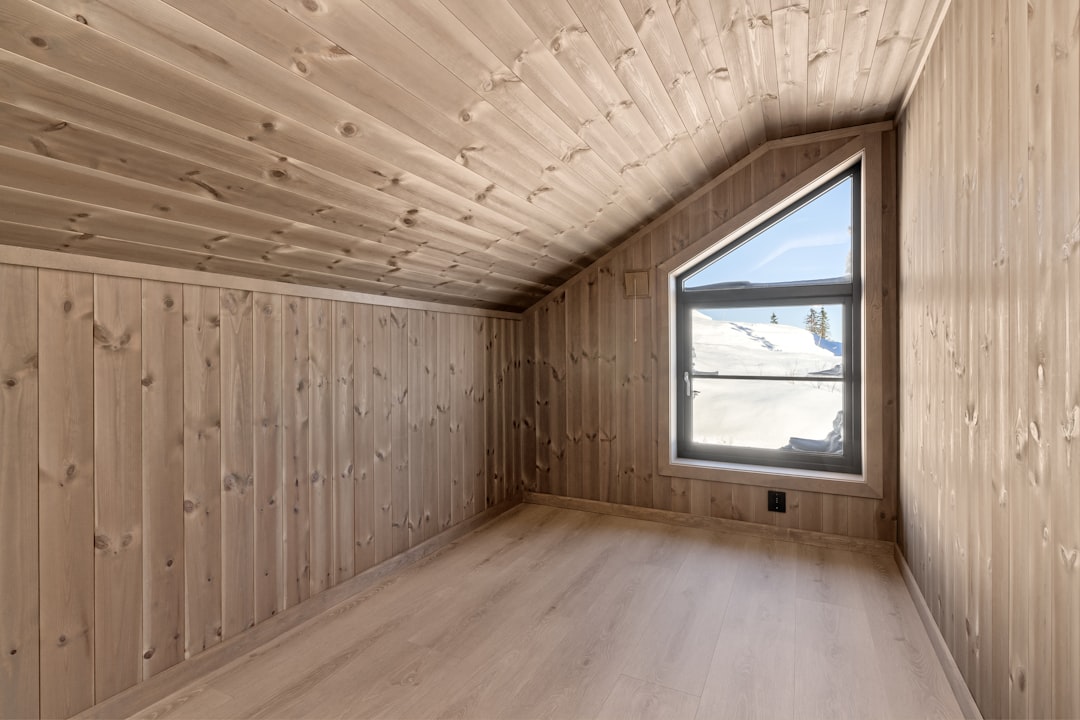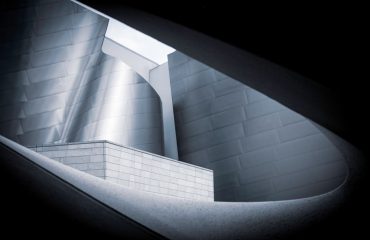In today’s increasingly noisy world, the need for quiet spaces is paramount. Whether you’re a musician seeking the perfect recording environment, an industrial facility needing to control noise pollution, or simply someone craving a sanctuary of silence, sound-insulated steel rooms offer an unparalleled solution. These robust structures provide superior noise reduction, creating havens of tranquility amidst the chaos. This comprehensive guide delves into the world of sound-insulated steel rooms, exploring their applications, construction, benefits, and considerations.
The Science Behind Sound Insulation in Steel Rooms
The effectiveness of a sound-insulated steel room hinges on its ability to block sound transmission. Steel, being a dense material, inherently provides excellent sound insulation. However, the design goes beyond simply using steel. Effective sound insulation involves a multi-layered approach. This typically includes: a robust steel frame, double- or triple-layered steel walls with insulation in between (often mineral wool or fiberglass), specialized sound-dampening materials applied to the inner walls, and a carefully designed door and sealing system. The air gaps between layers of steel, filled with insulation, disrupt the transmission of sound waves, significantly reducing noise penetration. The mass and stiffness of the steel itself further contribute to attenuation, effectively blocking sound energy from passing through.
Applications of Sound-Insulated Steel Rooms: Beyond the Recording Studio
While recording studios are a common application, the versatility of sound-insulated steel rooms extends far beyond music production. These rooms find use in a variety of settings, including:
- Industrial settings: Controlling noise from machinery and processes, creating safe and productive work environments.
- Medical facilities: Providing quiet spaces for sensitive medical procedures or patient recovery.
- Educational institutions: Creating soundproof testing environments or quiet study spaces.
- Home studios: Offering musicians and podcasters a dedicated space for recording and production, free from outside noise interference.
- Commercial spaces: Providing private and quiet areas for sensitive conversations or confidential meetings.
The specific requirements for sound insulation will vary depending on the intended use, with industrial applications often requiring much higher levels of noise reduction than a home studio.
Construction and Design Considerations for Optimal Sound Insulation
The construction of a sound-insulated steel room is a specialized process requiring careful attention to detail. Several key factors influence the effectiveness of the sound insulation:
- Steel gauge: Thicker steel provides better sound insulation.
- Insulation type and thickness: The choice of insulation material and its thickness significantly impacts sound reduction.
- Sealant quality: High-quality sealants around doors, windows, and any penetrations are crucial to prevent sound leaks.
- Vibration isolation: Mounting the steel room on vibration isolation systems minimizes the transmission of structure-borne noise.
- Internal finishes: Sound-absorbing materials on the interior surfaces further enhance noise reduction and improve acoustics.
Professional consultation with acoustic engineers is recommended to ensure the design meets the specific sound insulation requirements of the application.
Benefits of Choosing Sound-Insulated Steel Rooms
The advantages of opting for sound-insulated steel rooms are numerous:
- Superior noise reduction: Offers significantly higher levels of sound insulation compared to traditional construction methods.
- Durability and longevity: Steel construction ensures a robust and long-lasting structure.
- Security: Steel provides inherent security, protecting the contents of the room.
- Customization: Steel rooms can be customized to meet specific size, shape, and acoustic requirements.
- Improved productivity and focus: The quiet environment enhances concentration and productivity.
The investment in a sound-insulated steel room translates to long-term benefits in terms of improved productivity, enhanced quality of work, and a more peaceful environment.
Cost and Maintenance of Sound-Insulated Steel Rooms
The cost of a sound-insulated steel room varies depending on factors such as size, specifications, and level of sound insulation required. Generally, it’s a significant investment compared to other noise reduction solutions. However, the long-term benefits often outweigh the initial cost. Maintenance is relatively low. Regular inspections for any damage to the structure or sealant are recommended. Steel is durable and resistant to damage, but any issues should be addressed promptly to maintain the effectiveness of the sound insulation.
In conclusion, sound-insulated steel rooms offer a powerful and versatile solution for achieving superior noise reduction across a wide range of applications. Their robust construction, customization options, and long-term benefits make them a worthwhile investment for anyone seeking a quiet and productive environment.
Tags: soundproof steel room, sound insulated steel room, steel room acoustics, noise reduction room, sound isolation room




